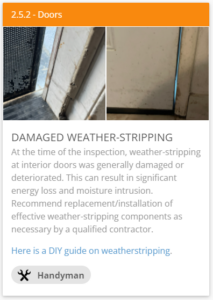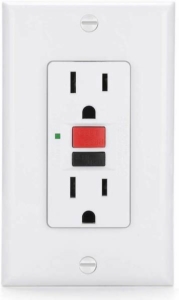More Findings
As a home inspector, I have come across a wide range of issues during my inspections. Here are some of the most common findings I come across:
- Electrical issues: This can include outdated electrical panels, improperly wired outlets, and faulty wiring. These issues can pose a serious fire hazard and should be addressed promptly.
- Plumbing problems: Leaking pipes, clogged drains, and faulty fixtures are common plumbing issues I come across. These can lead to water damage, mold growth, and other problems if not addressed.
- Roofing problems: Roof leaks, damaged shingles, and inadequate ventilation are common roofing issues. These can lead to water damage and mold growth in the attic and other parts of the home.
- HVAC issues: Heating and cooling systems that are not functioning properly can be inefficient and costly to operate. Common issues include dirty filters, malfunctioning thermostats, and inadequate ventilation.
- Structural concerns: Issues with the foundation, walls, and roof can all impact the structural integrity of the home. Common issues include cracks in the foundation, sagging floors, and bowed walls.
- Insufficient insulation: Inadequate insulation can lead to energy loss and increased heating and cooling costs. It can also lead to moisture problems and mold growth.
- Poor ventilation: Inadequate ventilation can lead to moisture problems and mold growth, as well as poor indoor air quality. Common areas where ventilation is a problem include attics, crawl spaces, and bathrooms.
- Safety hazards: Safety hazards can include issues with stairs, handrails, and guardrails, as well as improper installation of smoke detectors and carbon monoxide detectors.
These are just a few of the most common findings I come across during home inspections. It’s important to address any issues as soon as possible to avoid further damage and ensure the safety of the home’s occupants.










